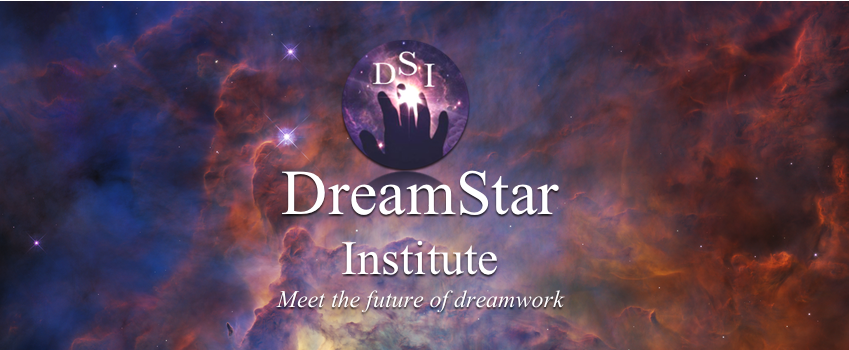Sample Language for Using the FiveStar Method
The following statements and questions are designed to guide you through an effective application of the FSM when working with an individual. If you are working with a group, you would do well to give this handout to each of the members, along with the one-page summary (available on this website). That will prepare your group to use the FSM accurately and effectively
I’d like to explore a couple of dimensions of your dream before we discuss the meaning of the imagery or symbols, ok? (Get consent.)
Specifically, I want us to arrive at what’s called a process narrative, which is the story line from beginning to end of the dream without regard to any of the specific names, places, objects, etc. It’s a generic statement of what’s happening. Then I’d like for us to examine your responses over the course of the dream—where you felt, thought, chose, or reacted in some way to what was happening.
(If the dreamer is familiar with the process narrative, as him/her to formulate it. If not, you can formulate it, and then get the dreamer to ratify it, or suggest changes. If you’re working with a group, then ask someone to offer one, then get the group and dreamer to modify it until it feels accurate.)
So, what I see happening in this dream is that you (or someone) …Formulate process narrative with dreamer group and dreamer’s participation.
(example from “Julie’s dream”) You go on a journey with others, and your journey is interrupted against your will to which you assert yourself, and continue. Then it is threatened, but you are careful not to allow the threat to defeat you. Then you are temporarily delayed due to relationships with others. And finally, you reach a destination, where embark on a continuation of your journey with someone you care for, and under someone else’s direction.
Now, as for your responses in the dream, it occurs to me that when x happens, you feel/react/choose to…(all responses summarized sequentially)
Let’s look at what was familiar or habitual about your responses and how they impacted the dream characters or situations… Go through them.
Let’s look at what’s new or creative about your responses and how they impacted the dream characters or situations… Go through them.
What would you like to have done differently in the dream, and what you like to do differently or continue to do in future dreams?
Now, if necessary, conduct an analysis of the dream imagery, using dreamer-centered, non-invasive methods, such as amplification (What are your associations to…What do you like or dislike about him/her/it? What is he/she/it good for?, etc.), or Gestalt role-play. Ullman-Taylor “If this were my dream…” interactive process. Then shift back to a co-creative model by encouraging a process bridge, as opposed to a content bridge. A process bridge explores relationship parallels (e.g. The way I reacted to the black cat in my dream is similar to the way that I react to my husband), whereas imagery analysis encourages a content parallel (e.g. The black cat represents the qualities I see in my husband.)
Are you aware of any relationships or situations in your waking life exhibit similar relationship challenges? What new, creative, and appropriate responses do you want to commit to in order to apply the dream work in your waking life?
